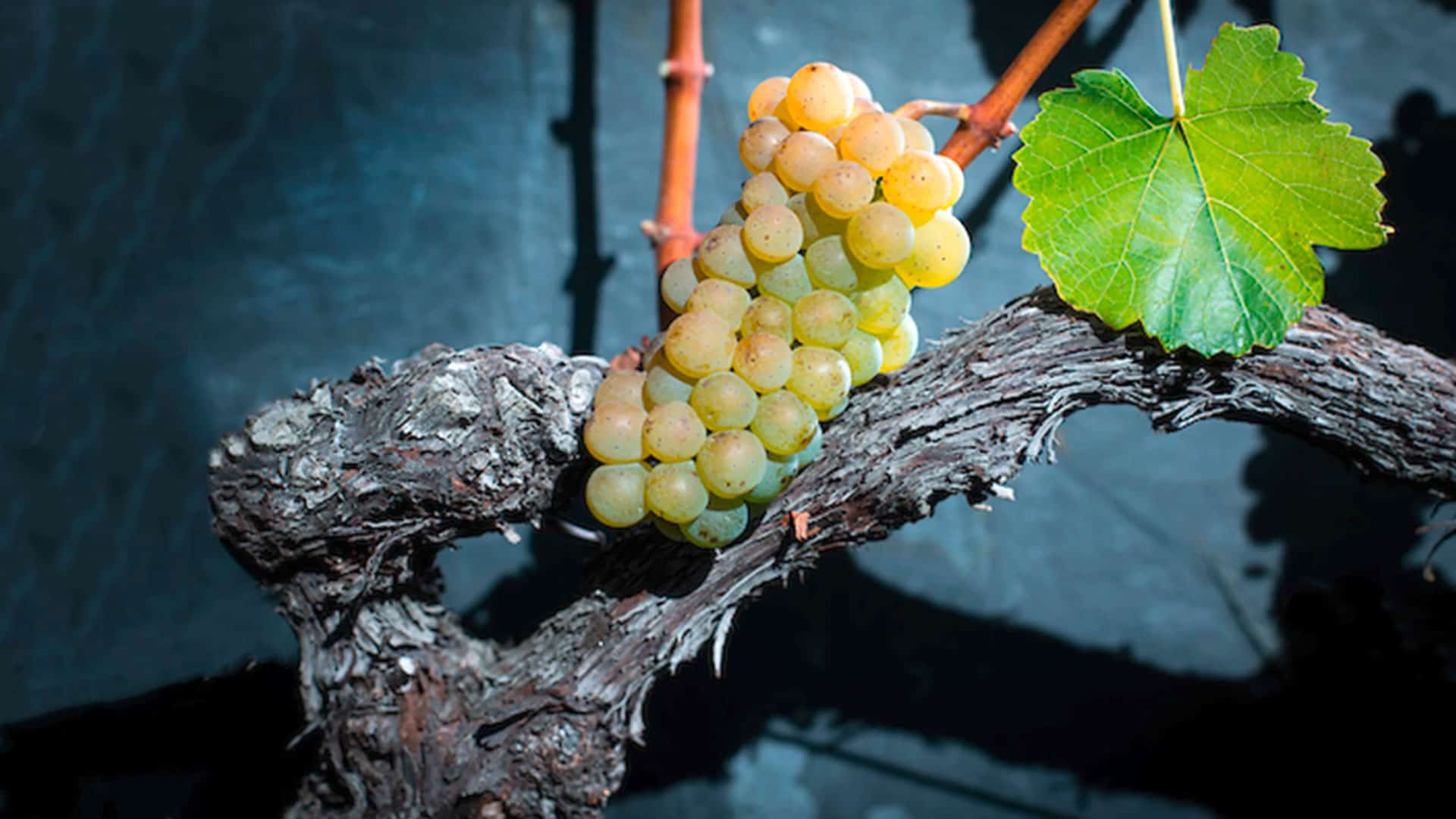This wine is of course just one of many excellent Valais white wines that we have in our range. In our online shop you will also find a large selection of rosé wines, red wines, sparkling wines and digestifs. If you are looking for a gift, we recommend the various tasting boxes from our gift service, for example, or a gift voucher, which gives the recipient a free choice in our online store.
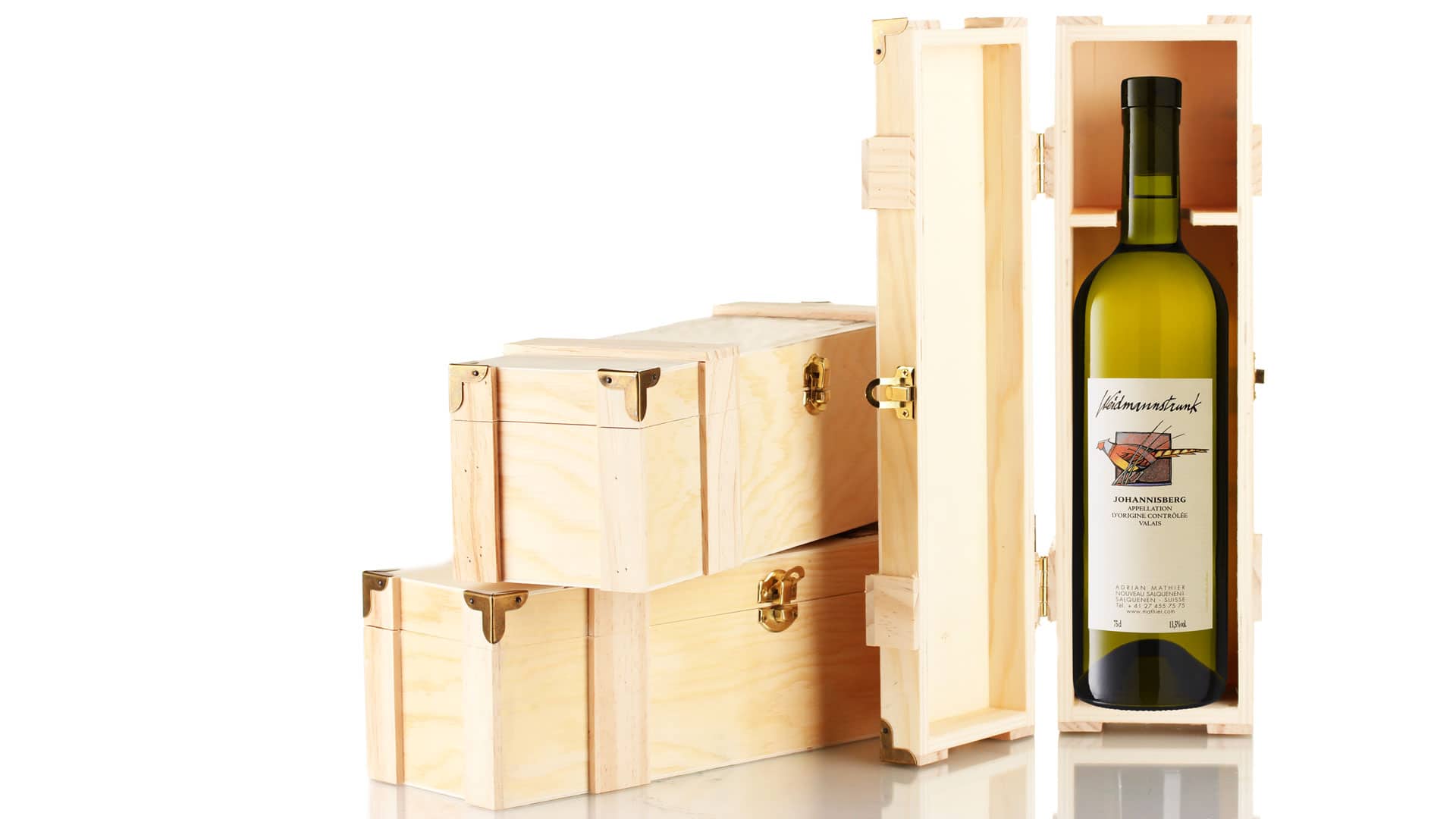
Johannisberg (wine)
Whether the famous Vlad III Drăculea (15th century) – once the model for the bloodthirsty story of Dracula – also enjoyed this delicious white wine in his castle is not proven. But according to tradition, the Sylvaner grapes, which are now grown in Valais under the name Johannisberg, originated in Transylvania. Viticulture was already practiced there in the 11th century. The grape variety finally reached Valais from there via the German Rheingau region.
Discovery of the Johannisberg
Johannisberg is not a varietal name, but a wine name. The wine, which is only produced in Valais under the name Johannisberg, is made from 100% Sylvaner grapes. It is one of around 100 different grape varieties that can be used for viticulture in Valais. Among other things, it is thought that the grape may have developed from a wild vine native to Romania (“sylvan” = Transylvania, famous landscape in Romania).
Johannisberg from Valais, on the other hand, takes its name from the castle of the same name in the German wine-growing region of Rheingau. Johannisberg Castle is the oldest and probably most famous Riesling vineyard in the world, which was founded around 1100 as a Benedictine monastery and whose monks dedicated themselves to viticulture from the very beginning.
We have sergeant François-Eugène Masson to thank for the grape’s arrival in Valais from there. In 1847, after the end of the Sonderbund War, he was on his way home with a company from Vaud and spent the night near Sion. He returned a year later, bought steep land in Pont-de-la-Morge and planted vines.
His son Georges visited the Johannisberg Castle of the Princes of Metternich in the Rheingau in 1870 and brought home Sylvaner or Riesling vine cuttings from there. However, Johannisberg was first mentioned in Valais in 1862, when it referred to the Riesling grape variety. From 1928 onwards, this name was reversed: Since then, the name Johannisberg has only been used in Valais for Silvaner (French: Gros Rhin).
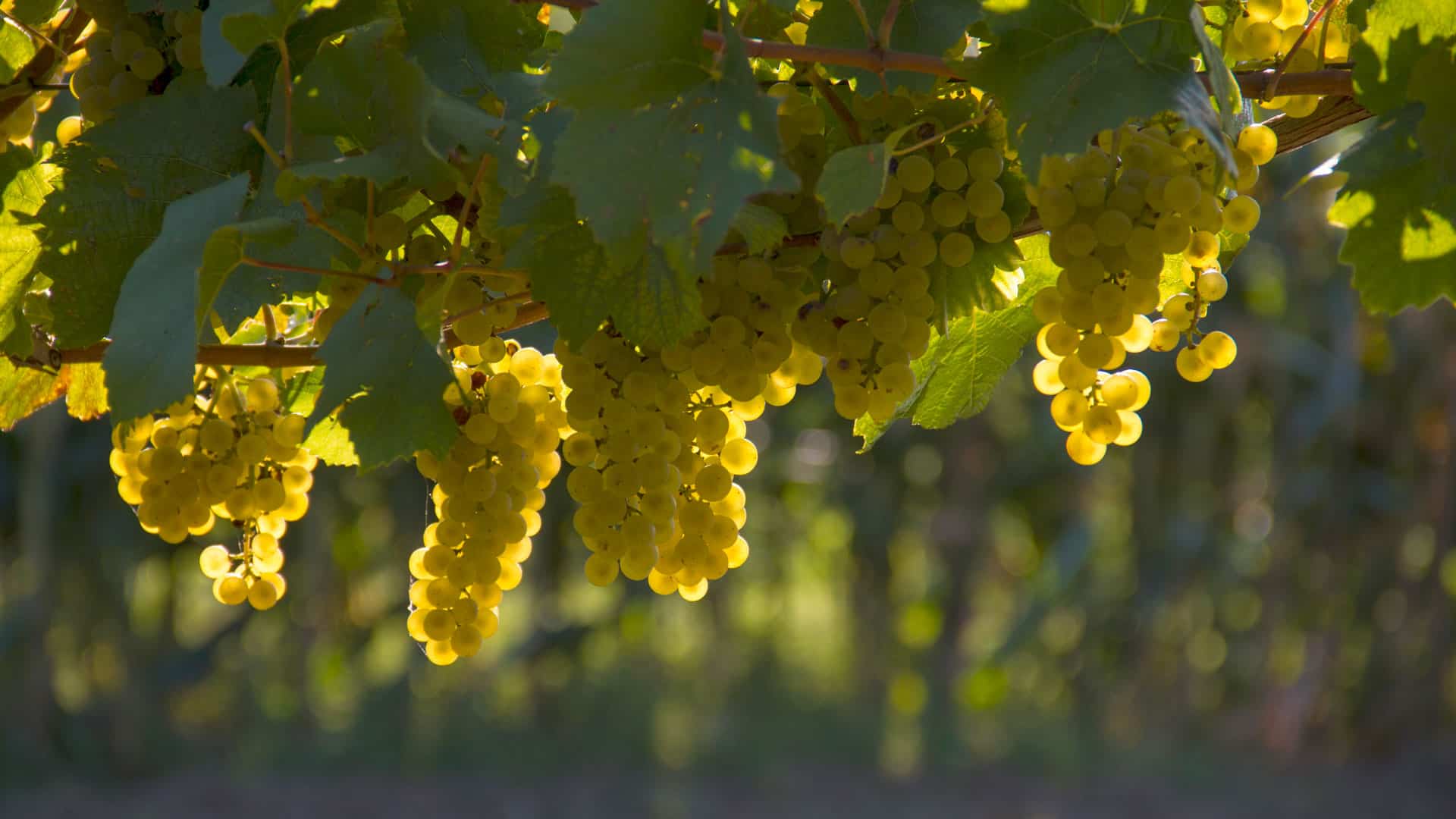
Who is the owner of Johannisberg Castle?
Today, the estate is wholly owned by Henkell & Co. sparkling wine producer, which is part of the Oetker Group. The two wineries, Schloss Johannisberg and G.H. von Mumm, together employ around 40 full-time staff.
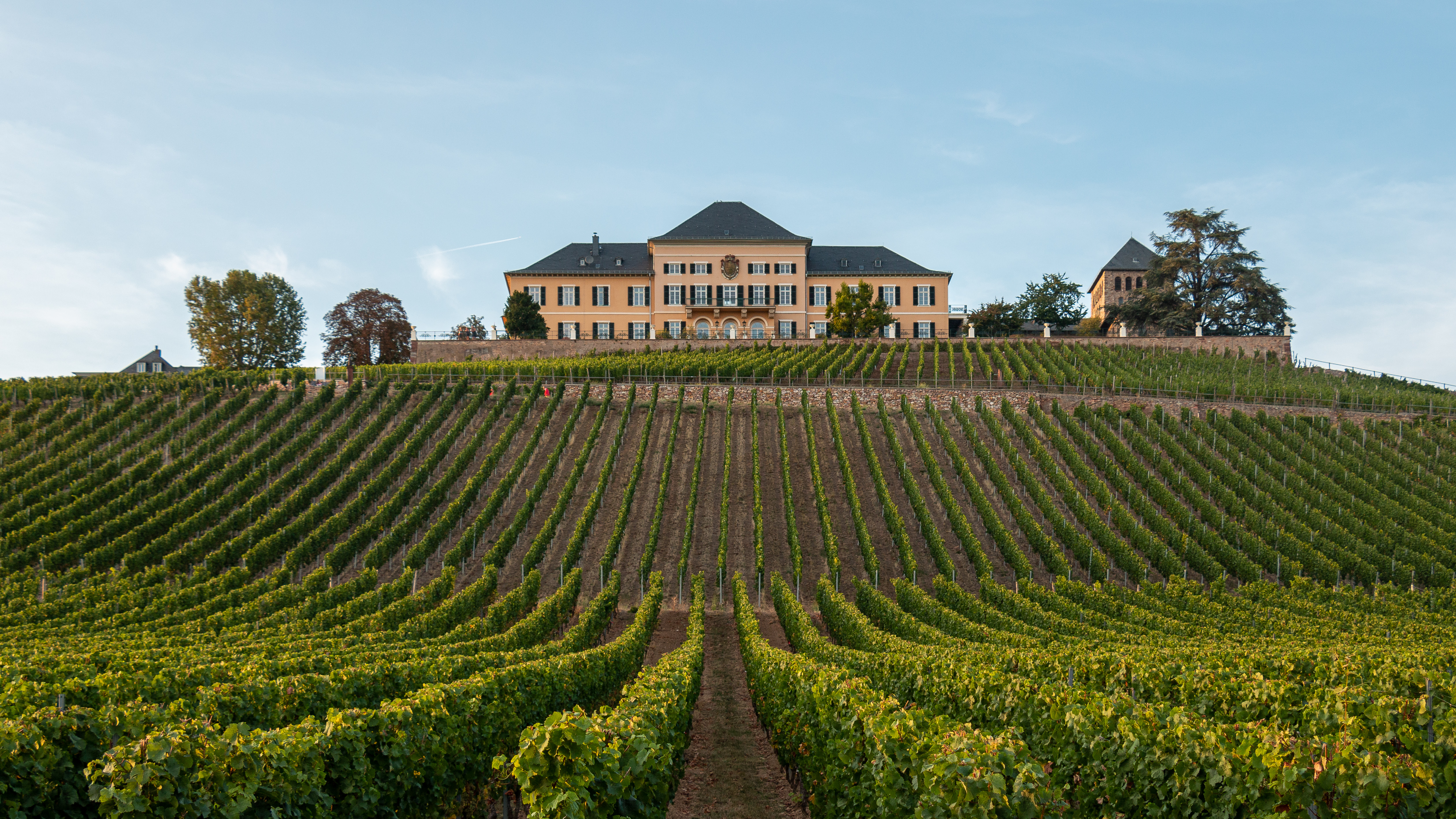
Manufacturing process
Johannisberg undergoes the classic white wine production process. Once the grapes have been pressed, the grape juice is clarified to remove solid components such as skins and seeds. This is followed by fermentation, during which the yeast converts the sugar in the juice into alcohol and carbon dioxide. Fermentation can take place in stainless steel tanks or wooden barrels and lasts for different lengths of time depending on the desired style and type of wine.
The cool fermentation process must not be influenced by excessive control of the fermentation temperatures to ensure that the later wine presents its typical fruity aromas in the glass. After fermentation, it is clarified and filtered to remove lees before bottling.
Johannisberg flavor profiles
This wine is naturally rather strong and fruity in the glass. Johannisberg reveals a wide range of aromas to the palate. In fresh wines, this ranges from pronounced citrus notes, grapefruit, nuances of apple and pear as well as herbal tea to full-bodied variants that delight the palate with aromas of honey and melon as well as notes of pineapple.
The slightly bitter almond note is always pleasantly present on the palate. Grapes harvested later produce an even deeper complexity of sweetness, without pushing the varietal austerity of the bitter almond aroma into the background. Johannisberg therefore rightly ranks among the wines of great quality.
The grape is generally harvested relatively late when ripe and therefore offers slightly less acidity and aroma than a Riesling, but significantly more than a Chasselas. Good vintages, whose grapes grow in the best locations, can produce strong, harmonious and subtly floral-scented white wines.
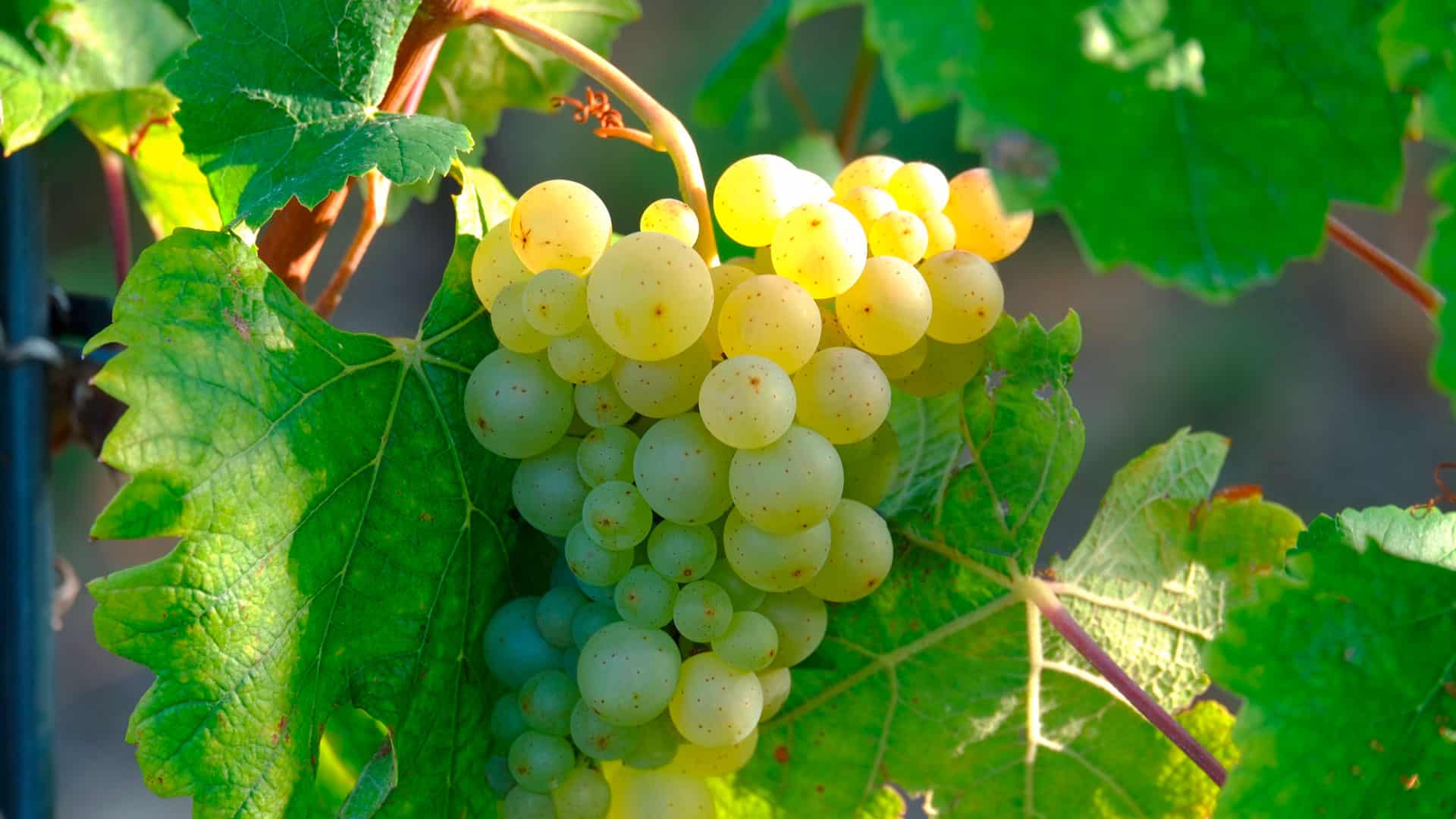
Johannisberg Weidmannstrunk – Homage to great-uncle Leo
The Weidmannstrunk is cultivated in Chamoson, Sion and Leytron. This Johannisberg develops its outstanding characteristics on dry, gravelly soil. Its rich fullness and charming taste, typical of the variety, are a delight. The dry finish completes the harmony of our Johannisberg. Ideally, the Johannisberg should be drunk within 3 years at around 8 to 10 degrees.
As with all our wines, the story behind the Johannisberg is also reflected on the label. Adrian’s great-uncle and godfather, a passionate hunter, was also a committed winegrower in Salgesch. After his death, the wine was named Weidmannstrunk and a pheasant was printed on the label. It was his favorite wine and was a must on every stalk.
Ambassadeur fumé – Diego’s special Sylvaner
Ambassadeur fumé, the delicate white wine in the beautiful bottle, is grown in Chamoson on stony soil. This soil stores the sun’s rays in the fall and returns the valuable warmth to the vines. It reaches its optimum maturity after 9 months in barriques. The complexity of this wine is enormous. Freshness, a note of tannins unusual for white wine and the vanilla notes from the barrique vinification complement each other in a fantastic way.
The bouquet of the Amabssadeur fumé has a fine woody note and is at the same time very fruity. It impresses with its long, intense finish. The ageing in oak barrels and the tannins create a great ageing potential of up to 5 years. The ideal drinking temperature is between 8 and 10 degrees.
Johannisberg in the world of wine
Johannisberg is an AOC-certified Valais white wine. After Fendant / Chasselas, it is the second most important white wine variety in the canton of Valais, the largest wine region in Switzerland. In Valais, Johannisberg is one of the traditional grape varieties for which the designation Valais Grand Cru is reserved. Johannisberg has also been a protected designation in Valais since 1966.
In marginal climatic zones, the grape proves to be relatively reliable in terms of yield, but often only produces insufficiently ripe grapes. This is one of the reasons why the authorities have restricted cultivation since 1985: only Sylvaner grapes that ripen in the first zone (Leytron, Chamoson and Sion) are entitled to the appellation, and Johannisberg may only be planted in these three wine-growing zones. As a result, cultivation initially fell by half to around 220 hectares and finally leveled off at just over 310 hectares. For a typical Johannisberg, the grape must should weigh at least 95 degrees Oechsle (equivalent to around 13% alcohol by volume).
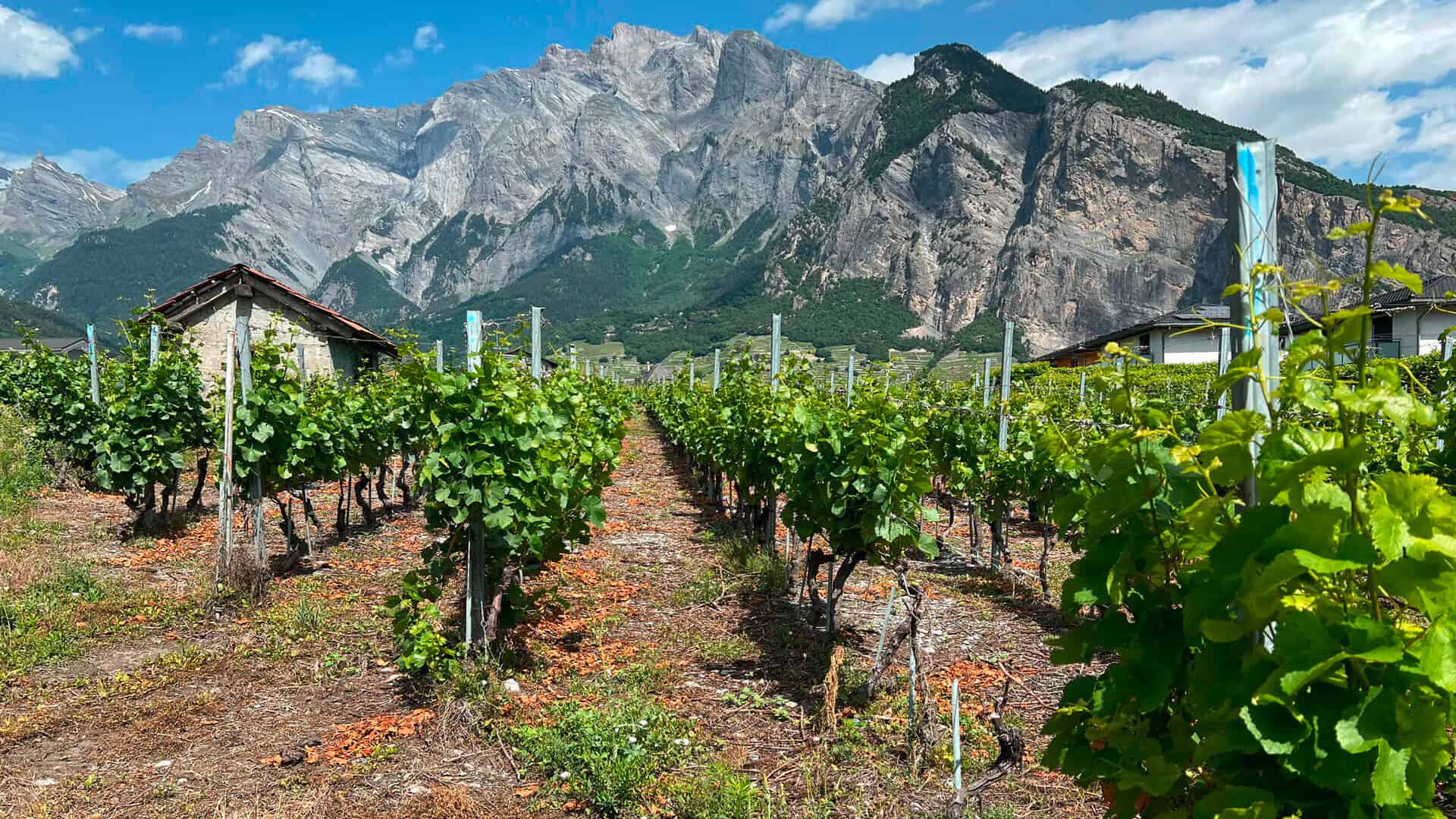
The Sylvaner grape variety can be found in many wine-growing regions in Europe. More than 100 different synonyms bear witness to its widespread distribution (and therefore popularity) in Germany, Austria, France/Alsace, Switzerland, Romania, etc. Depending on the language region, the most important synonyms are Johannisberg, Gros-Rhin, Grüner Silvaner, Gamay blanc, Österreicher, Frankenriesling, Sonoma Riesling and Picardon blanc.
Those who enjoy a white wine with a similar structure can try a white wine made from the Müller-Thurgau grape, the Riesling grape or the Grüner Veltliner grape.
Food recommendations
Due to its basic structure, this white wine is ideal as an aperitif. It is an excellent accompaniment to cheese specialties such as raclette and cheese fondue as well as fish and seafood dishes. But it is also an eloquent accompaniment to dishes with asparagus, paying tribute to the king of vegetables. Our insider tip: combine our Johannisberg white wine with artichoke dishes – a pleasure poem par excellence!
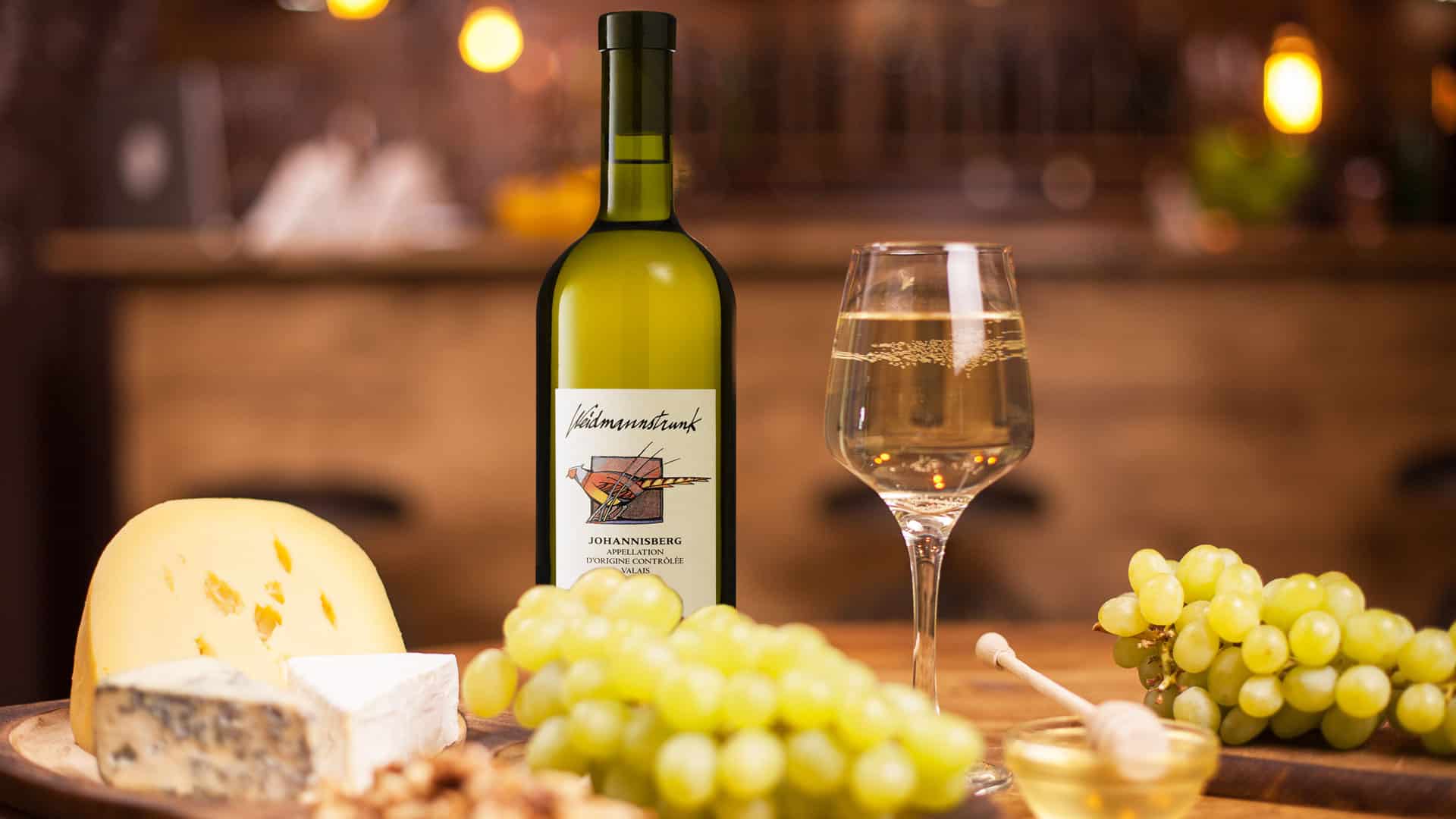
Storage and ageing
95% of all white wines are the perfect contemporary pleasure enhancer. In other words, you should enjoy these wines within three years. Great vintages of Johannisberg white wine, on the other hand, amaze thanks to their complexity with an enormous ageing potential of well over twenty years.
Interesting facts about the Johannisberg
Which grape variety is Johannisberg?
This is not a grape variety, but a wine name. It is an AOC white wine made from 100 percent Sylvaner grapes (called Rhin in French). It originates from Romania and came to Switzerland via Austria and Germany. It produces particularly good results on the slate and gravel soils of the Rhone Valley.
How many grape varieties are there in Valais?
In Valais, almost 100 different grape varieties are permitted for viticulture. Of these, 50 are entitled to the so-called Appellation d’Origine Contrôlée, or AOC for short (controlled designation of origin). Four main varieties alone account for two thirds of the total wine production in Valais. These are the white wine Chasselas, known as Fendant in Valais, the white wine Johannisberg, and the red grape varieties Gamay and Pinot Noir.
What does Johannisberg taste like?
White Johannisberg wines can have fruity aromas on the nose and palate. These include lemon and grapefruit and possibly aromas of apple and pear.

